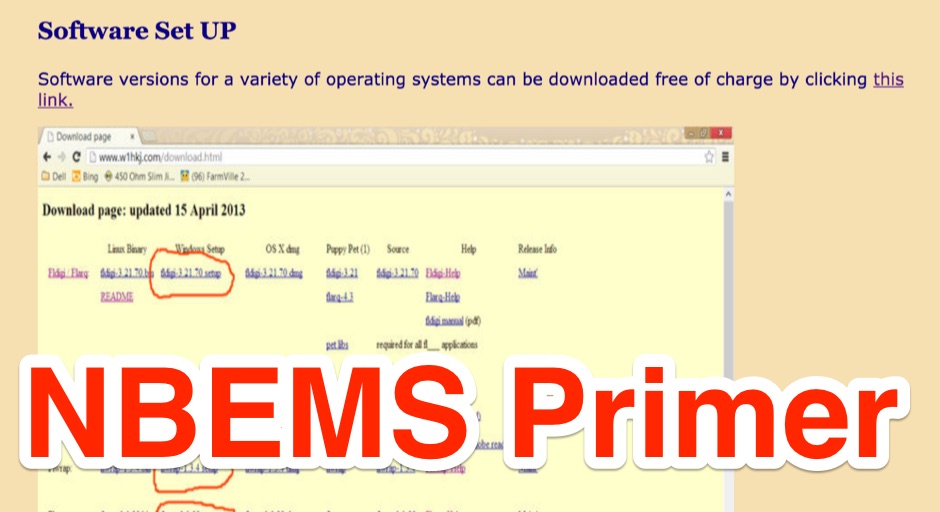

Sound Card Calibration Sound card accuracy is most critical on MFSK, Olivia and MT63. As you send text the fluctuation will increase. You will have just about a perfect transmit signal for ALL modes that fldigi producesĪudio Level Adjustment Turn off the tune signal and try sendinga PSK-31 idle signal (no keyboard input) You should see your power meter fluctuate.Reduce the audio drive (or the transceiver power level) for the desired output level.Increase your mixer volume control until the ALC meter begins to register.Set your radio meter to ALC (automatic level control).Adjust your sound card mixer master volume to minimum.Set your radio RF output to it's maximum power level.MT63 2k/long interleave – very fast and extremely effective on VHF/UHF FM Accuracy, speed and audio bandwidth all come into play and various modes all have their advantages and disadvantages!Īudio Level SettingsTurn that thing down! Distortion and non-linear operation (splatter) is caused by overdriving your sound card audio into your radio and it causes severe interference to other stations within theaudio passband of the receiving stations! Good A bad neighbor Overdrive also increases the error rate at the receiving station.MT63 1k/long interleave – relatively fast and best suited for detailed situation reports and formal messages under moderate to good HF conditions.Olivia 16/500 – slow but very accurate under poor HF conditions.MFSK-16 – moderate speed, works under severe HF conditions, requires accurate and stable transceiver tuning.DominoEX-11 – fast turn around time, good for moderate to severe HF conditions and non-mission critical messaging, impervious to transceiver tuning.
#Fldigi nbems software
Recommended Digital Modes for EmComm with the NBEMS Software Suite You already have 99 % of the equipment – nothing expensive to buy ĭigital Waterfall Is a visual representation of time, frequency and amplitude frequency time Color = Amplitude.Bottom of the solar cycle - works well, even under very poor conditions where phone QSO’s would be impossible!.Many modes - choose your mode depending on conditions.Reliable communications – succeeds even when CW fails some modes work below -8 dB s/n.Low Power - never need to run over 50 watts, 5 -30 watts is almost always sufficient.Why Use Digital Modes PSK-31 Olivia MFSK-16 Listen and watch your display and practice differentiating the various modes. all you need is an inexpensive computer microphone! Just plug a mic into your sound card mic input and place the mic element somewhere near your radio speaker. Or, maybe just a $8 computer microphone To start playing around.

Hardware Sound Card Interface $5 USB audio-codec SignaLink SL-1+įor homebrewing, a blank PCB is available for $5.00 and a SASEfrom Skip, KH6TY
#Fldigi nbems code
Expert in nothing, but works hard in digital mode code M0GLD – Stelios, licensed 8 years MSCE, doctoral candidate Expert in cross platform development 30+ years old KH6TY – Skip, licensed 56 years Electronics entrepreneur – inventor of WX alert radio Developer of Digipan Human interface design WA5ZNU – Leigh, licensed since 1968 (7 years old) Expert in all things xml F8CFE – Stephane Originator and principal developer of hamlib The Developers W1HKJ – Dave, licensed for 52 years Retired USCG, MSEE, 40+ years in software dev. NBEMS Narrow Band Emergency Messaging System


 0 kommentar(er)
0 kommentar(er)
